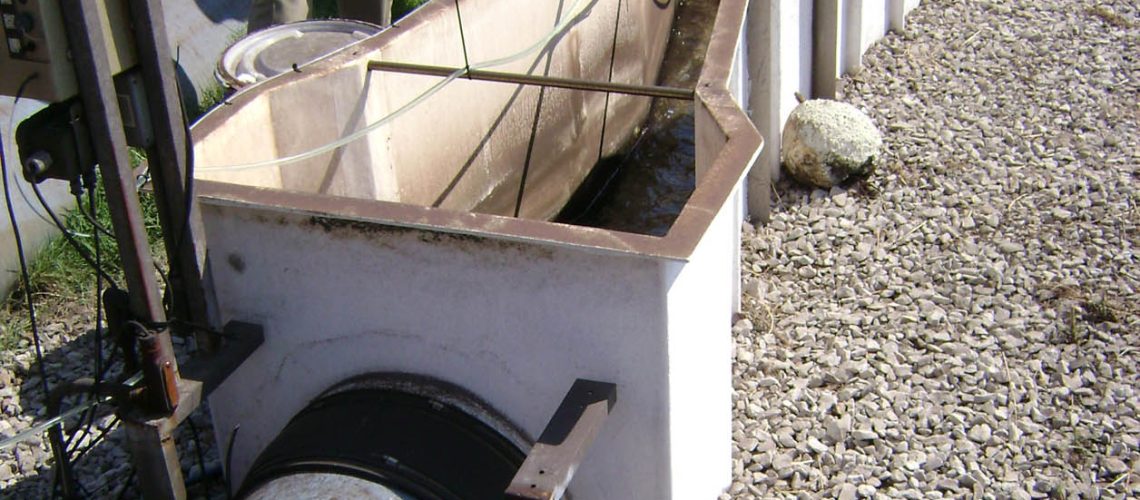Flumes are a popular and convenient solution to flow rate measurement needs, but it’s important to know exactly what goes into their design before you get one for yourself. There is no one size fits all solution for flumes, so you’ll have to consider your unique flow channel conditions, then opt for a flume that is specifically suitable for your needs. Learn the flume design basics, and discover what to look out for when trying to find the right flume.
Approach
The approach section is also known as the inlet or converging section, and it is the part of the flume in which your flow will enter. Its job is to collect the flow and send it through the rest of the flume. It’s particularly important to make sure your approach is able to handle the incoming flow to avoid it bypassing the flume. That means it must span the entire channel in most cases, though added wing walls could assist with this as well.
One of the most important roles the approach section plays is that it’s where the primary point of measurement is. When you have free flow conditions within your flume, the point of measurement in the inlet section is the only point of measurement you’ll need to determine flow rate. That’s why the dimensions here are absolutely essential for your overall accuracy.
Throat
The throat of a flume is the central part where the flow is accelerated. In order for a flume to work properly, a subcritical flow must be accelerated to a supercritical flow as it passes through the throat. Several different methods can be used to accomplish this such as a change in elevation, a contraction of the sidewalls, or a combination of both.
Keep in mind that not every flume style will have a throat. The aptly named cutthroat flume, for example, is effectively a Parshall flume with the throat section removed. Additional flumes that have a throat length of zero would be the HS / H / HL style along with the Montana. On the other hand, you may find extended throats that offer a secondary point of measurement in cases of submergence.
Diverging
In the diverging or discharge section, you’ll find the other end of the flume where your flow finally exits the device. The primary purpose of this section is to prevent downstream scour, which is when the flow doesn’t have room enough to exit and builds back up into the flume itself. Without free spilling discharge, your flume will eventually become submerged.
Since this section of the flume primarily governs how the flow is introduced back into the channel, its dimensions aren’t as important. In fact, some flume designs, like the Montana, don’t even have a diverging section at all.
Flumes from Tracom
With the flume design basics in mind, it’s time to consider what style would best suit your flow channel conditions. That’s where Tracom comes in. You’ll find a wide variety of different fiberglass flume styles available, but you’re always welcome to work with our team to custom design something that fits your unique needs perfectly. Contact us today to get started!



